Know how to protect your head holes from Surfer’s Ear
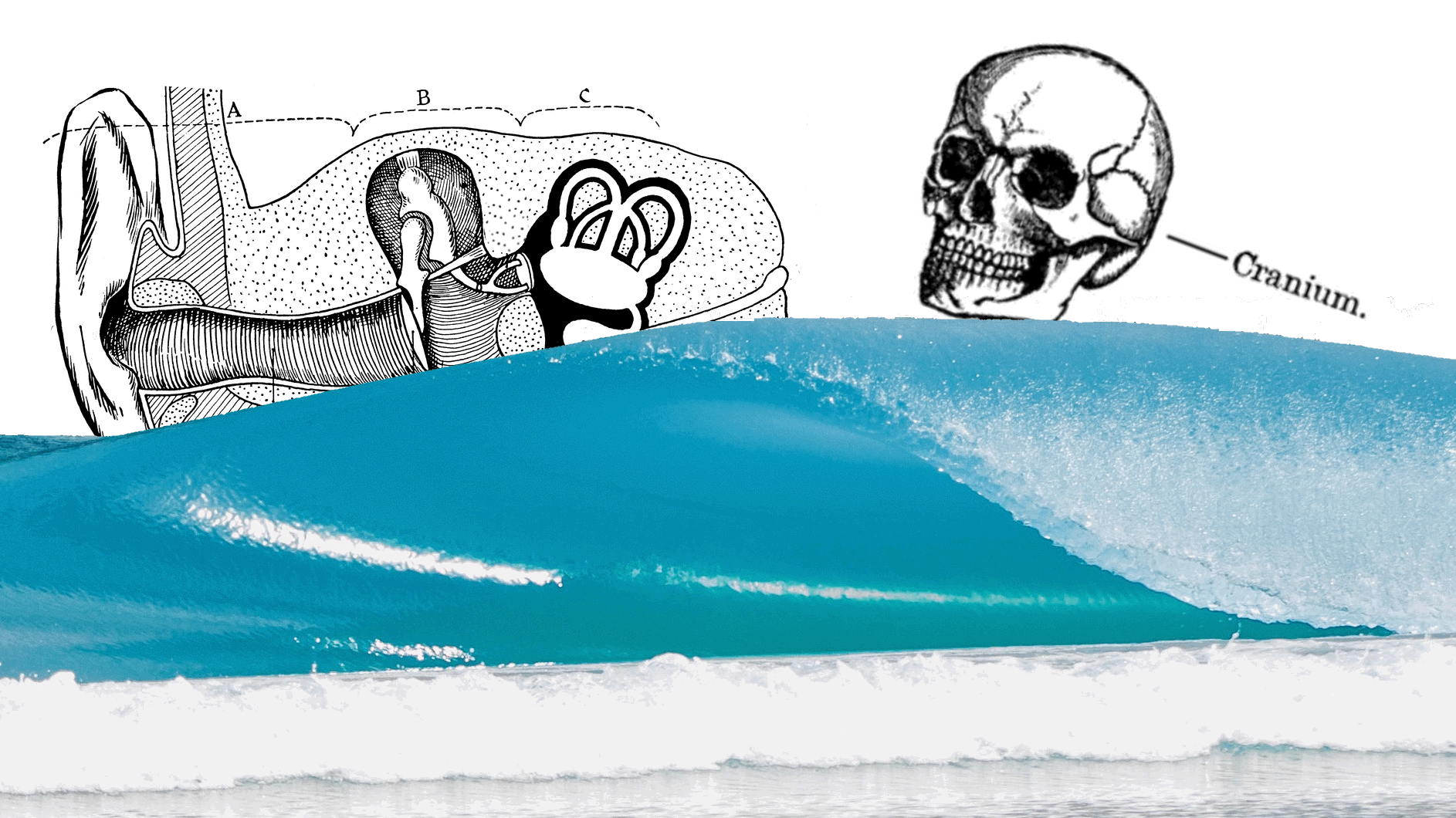
Finding the best surf earplugs is a tricky task. Mainly because the human ear canal, annoyingly, doesn’t come in one size.
Let’s face it, the human body hosts the most magnificent natural engineering in the known world, yet is also one of the greatest mysteries in the universe, not counting however it is that Star Wars Stormtroopers manage to go to the toilet.
Our skin takes up around 22 square feet, hair is rampaging at half an inch a month and our intestines, unwound, are the width of a queen-size bed. Yet, despite all this going on we manage to hold everything together, without spilling our guts, and – except for speed walkers – move in a somewhat coordinated way.
Then there’s surfing. Or basically any outdoors aquatic activity. Look at what it does to our bodies. We get sun damaged, sandblasted, soggy and it’s bad for all our extremities. But of greater importance, we’re stoked out of our minds and will keep on doing it no matter what. Sunscreen and wetsuits can protect our skin, which is great, but what about those all-important earholes? I swear sometimes the wind just funnels directly into the brain.
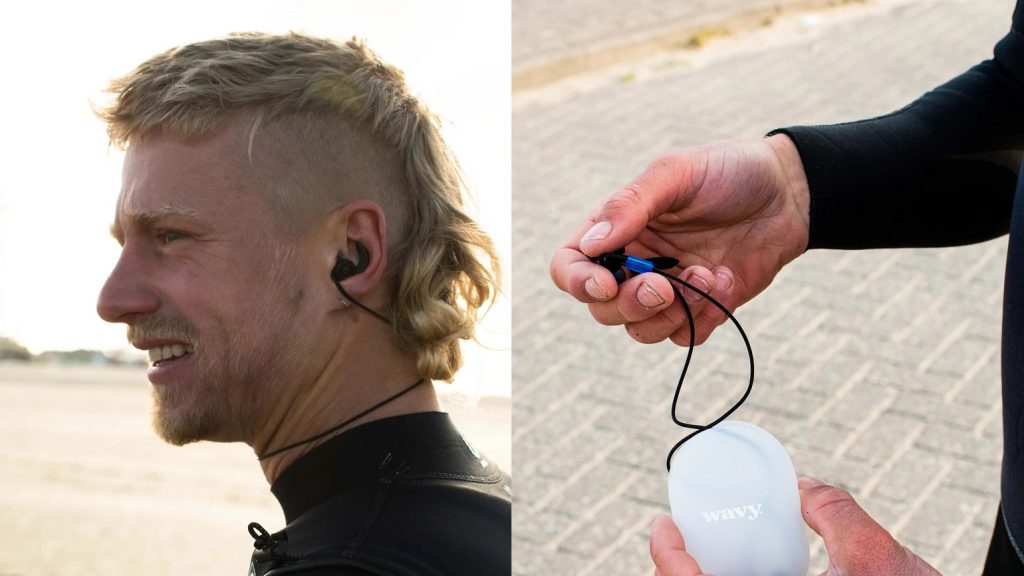
To protect our ears properly is tricky. First of all, It’s imperative to be able to hear your friends hooting you into waves. Secondly, though of less importance, is the need to hear them shouting when you’re dropping in on them, or as you would correct them, “sharing.”
Unfortunately, if you’re a cold water surfer, you’re 6 times more likely to develop surfer’s ear than those surfing surrounded by palm trees. You know you have it when you get an ear infection, are in pain and feel like you have a lagoon sloshing around inside your head.
Surfer’s Ear is your body’s way of trying to protect the eardrum. Your ears respond to repeated cold and wet by shutting down the canal with nodules of bony growth. If left untreated, this can close off the ear canal entirely. It’s called Reactive Exostosis. Which is guaranteed to make the short-list of names for Elon Musks’ next kid.
Surfer’s ear is treatable, by burrowing into your ear canal. The procedure is called Canalplasty – and entails a surgeon using a binocular microscope, drilling, and/or chiseling out the bone growth. But here’s the kicker, once that’s done, you need to stay out of the water while your ear canal recovers from a miniature mining operation. This can mean anything from a few weeks to a few months.
Drilling into your ear canal isn’t the most pleasant of things, and without ear protection in the water the chances of the same thing happening again are high. But to avoid going through all that pain, as well as helping to pay for the surgeon’s second Mercedes, try the following options to help prevent surfer’s ear.
For the sake of your ears, and your surfing, it’s worth investing in a good quality pair of earplugs. But always make sure they fit correctly, otherwise, they don’t do much good. Here’s WavePoolMag’s list of some of our favorite and (most likely) sizable earplug options…
Wavy Ocean – $45 (€40)
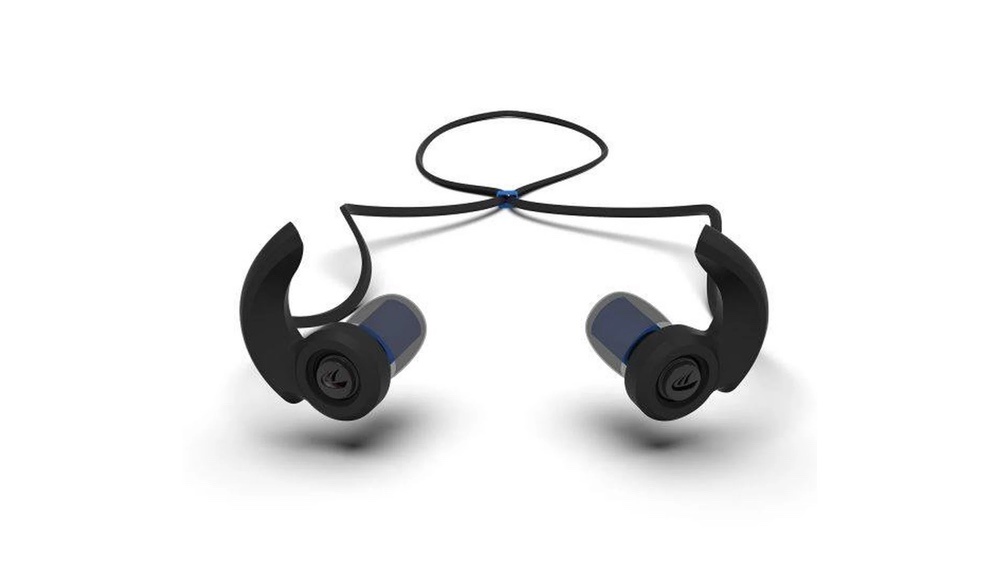
When Wavy Ocean, a company specializing in earplugs for surfers, works with experts and engineers from Bang & Olufsen, you know something of quality is going to be produced. Wavy Ocean’s earplugs are expertly made to protect your ears and let high-quality sound in and are perfectly shaped for a secure fit and optimal comfort. They’re like a warm, waterproof blanket for your ear canals. The reusable, secure-fitting earplugs, protect your ears from water, wind, and have been designed for all seasons and extreme conditions. The company is from the Netherlands, a place where surfers regularly face howling winds and water temps that hover a just few degrees above freezing.
Doc’s ProPlugs – $17 (€15)
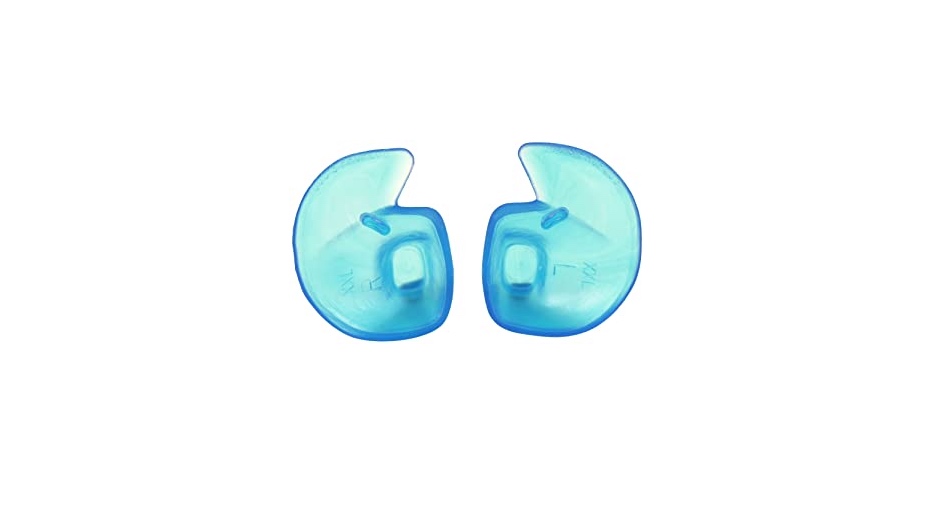
Doc started making surf-specific plugs in the 1970s. The design has saved many surfers from the pain of exostosis over the decades. The design hasn’t changed much. It’s a simple, flexible plug with a small pin hole to allow for hearing and pressure adjustments that now comes in blue or pink (early versions were transparent and easily lost).
EQ Earplugs – $45 (€40)
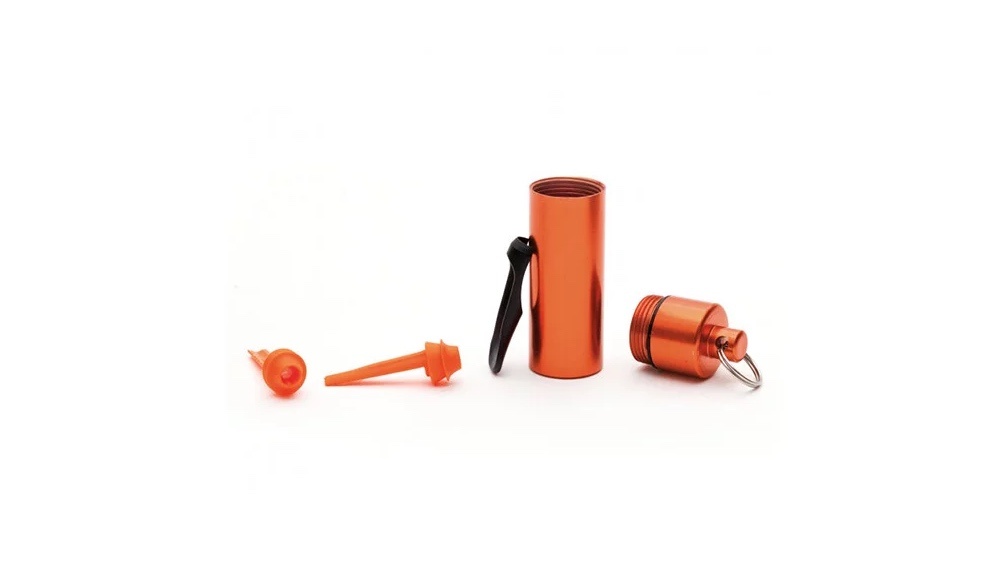
The EQ earplug consists of a membrane holder and a ® membrane. The membrane holder is made of hypoallergenic, hydrophobic medical silicone, resistant to chlorine and seawater. Consisting of a fin and a cup, it is placed behind the first curvature of the ear canal to guarantee the waterproofness of the ear while preserving comfort and support in the ear. The waterproof and breathable membrane allows air to circulate between the eardrum and the plug.
SurfEars – $50 (€44)
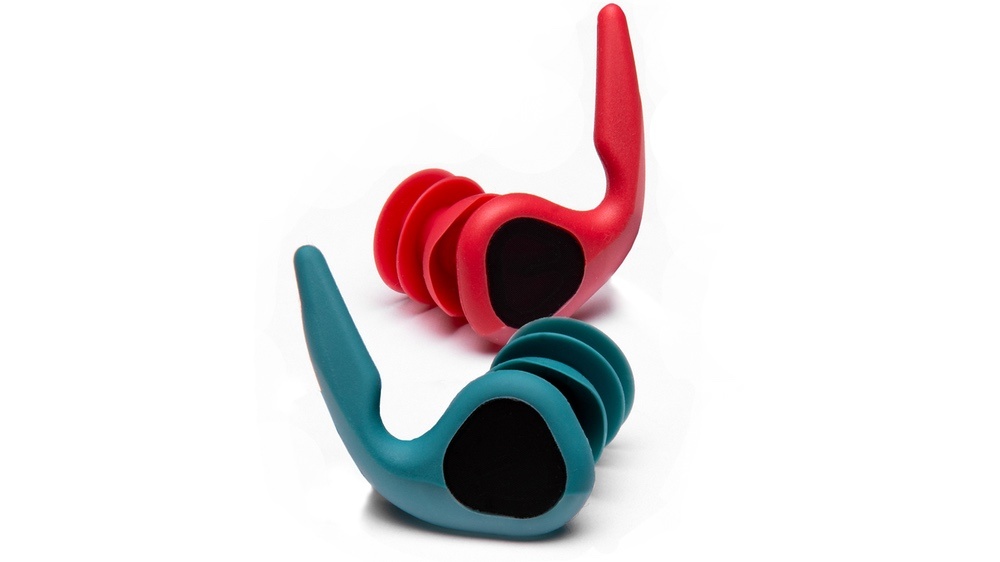
SurfEars earplugs hit the market a few years ago and were the first high-end plug designed for surfers. They come with changeable sizes to allow you to customize the set and ensure a comfortable and secure fit. Like all the plugs listed in this guide, they are suitable for surfing, swimming, white water kayaking, diving, wakeboarding, and other water activities.
Seki Ear Plugs – $40 (€35)
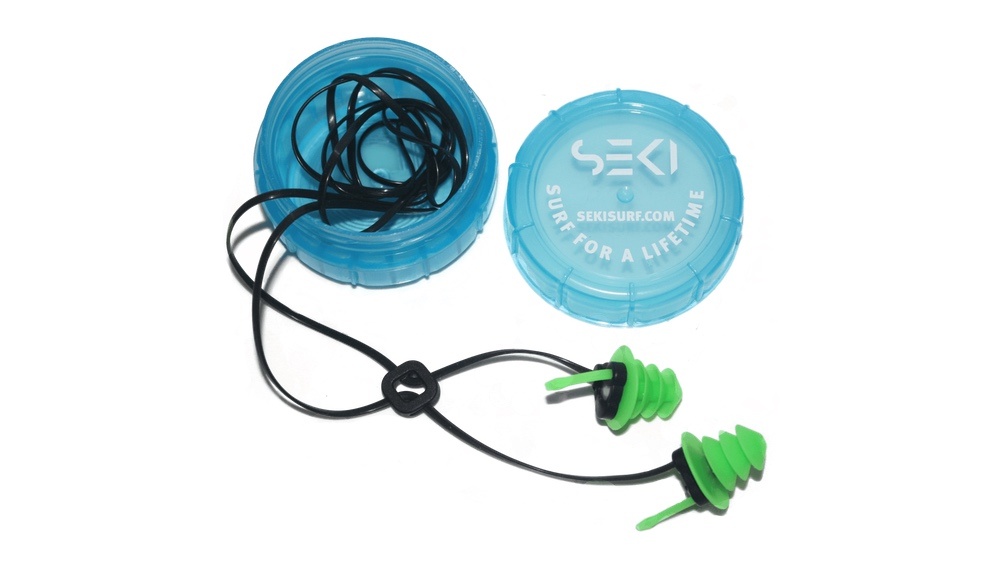
Seki say their plugs are designed for easy wear and comfort. The system has multiple flanges that keep the earplugs securely in place, and their silicone material is flexible and super soft. Seki claims their plugs stay secure during activities and that their extra softness ensures an added measure of comfort.
Related Coverage
